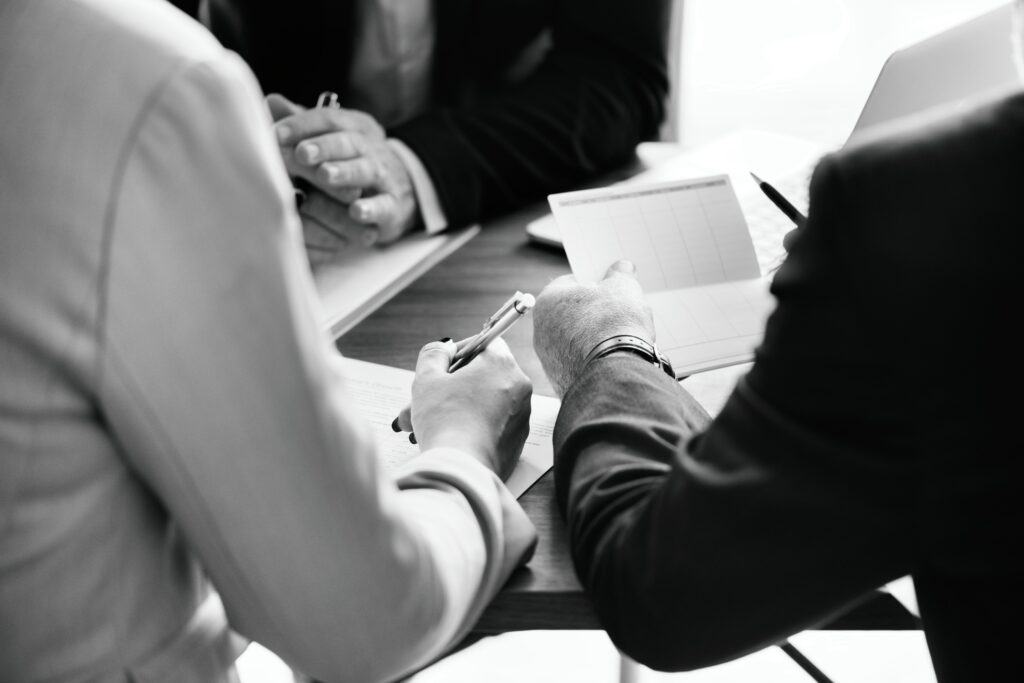By: JOHN WITTMER
Copyright protection is essential both for those that create original artistic works and businesses that purchase or license works. Asserting your copyright protections will be crucial to ensuring your ability to profit off your creations or investment.
Discovering that someone else reproduced a copyrighted work can be a shock for those who have copyright protection. However, there are occasions where those perceived copyright violations will not be actionable because they fall under the fair use policy.
Technically, other people can use copyrighted original works for numerous reasons, including cultural critique, review, parody and education. The four factors below can determine whether someone else’s use of your original work has the protection of fair use rules or not.
- The purpose and character of the use
Typically, those making use of copyrighted materials for non-commercial or educational purposes face far less scrutiny than those attempting to use copyrighted materials for commercial purposes.
Additionally, the more changes or additions someone makes to the original work, the more transformative their use is. Transformative uses may be those that modify the work itself, use the work in a different context, such as commentary or parody, or use the work for a different purpose than the original. Transformative uses of creative works are less likely to run afoul of copyright laws than simply reproducing the copyrighted work.
- The type of work involved
Whether the original copyrighted creation was intended for educational purposes or entertainment can influence how the courts enforce someone’s copyright protections. In fact, the courts will even approach fiction or creative works in a different manner than nonfiction works, and works deemed more creative may have better protection against copyright abuses than nonfiction works. Published works are also more likely to qualify for fair use than unpublished works because the original author has already had an opportunity to exploit the value.
- The extent of the use
Let’s use music as an example:
Did someone play your entire original song in the middle of an online video ostensibly meant to review the song? While sampling the song or playing clips of it might be fair use, reproducing it in its entirety would not necessarily have the same protection. In July, we wrote about sampling, fair use and why IP issues are so common in the arts:
“In music, credit is typically given through either sampling or interpolation. The former involves taking snippets from a piece of music and incorporating them into your own work as a novel composition. For example, Drake sampled Lauryn Hill’s iconic song ‘Ex-Factor’ in 2018. The Canadian rapper looped and sped up the breakdown of Hill’s song and used it as the backdrop for his hit single ‘Nice For What.’ Because Hill also sampled ‘Can It All Be So Simple / Intermission’ by Wu-Tang Clan in her original song, members of the rap group are given song credits on Drake’s 2018 track.”
The Wu-Tang track is the original composition from which both Lauryn Hill’s and Drake’s compositions are partly derived.
Continued from our July article:
“Interpolation is when a song (or parts of a song) is recreated note-for-note and still reflects the underlying composition of the original, which is what [Olivia] Rodrigo opts for in two specific instances on her 2021 debut album ‘SOUR.’ Riffs on the songs ‘deja vu’ and ‘good 4 u’ are similar in sound to ‘Cruel Summer’ by Taylor Swift and ‘Misery Business’ by the band Paramore, respectively. Moreover, both Swift and members from Paramore are listed in each song’s credits.”
There are cases where complete reproductions are not copyright violations, so there can be a lot of nuance when evaluating the substantiality of the use.
Rodrigo, for example, may have avoided potential instances of copyright infringement by retroactively adding both Swift and Paramore members Hayley Williams and Josh Farro to the writing credits of each song. “good 4 u” had garnered an estimated $2.4 million in publishing royalties as of Sept. 2021. Due to Williams and Farro being credited as writers on the song, they are entitled to half — $1.2 million — of the publishing royalties, according to Billboard.
So, by ultimately crediting the artists, Rodrigo and her team may have avoided potential litigation and an argument that she did not satisfy fair use. However, now they are giving up 50% of the royalties to a song that has been streamed almost two billion times on Spotify alone.
- The effect of the use
The final factor is whether someone else’s use of your original work has an adverse commercial effect on your product in the market. Adverse effects can include lost sales, lost royalties, or even just barriers to entry into new markets.
Similarly, someone releasing your song in their video could prevent you from fully capitalizing on your creations. The bigger the platform of the other party and the greater the likeliest effect of their actions on your sales, the more likely you are to have a valid claim related to copyright infringement.
Intellectual property (IP) laws confuse many people, and there is a fine line between what is truly fair use and what is unfair to the original creator. Discussing a copyright infringement situation with an IP attorney can help those trying to fight back against misuse of their original works.
–John Wittmer is an IP litigation attorney at Patterson Thuente IP. Contact John (612.349.3011 | wittmer@ptslaw.com) with any questions about your defending and enforcing your IP.

